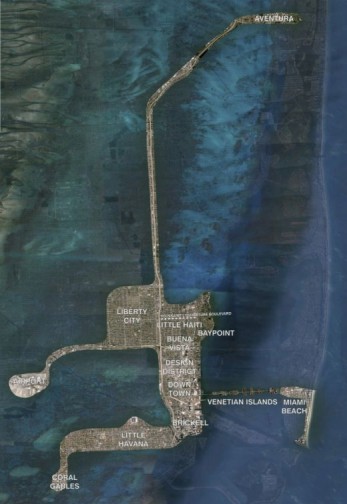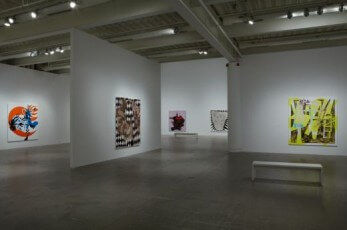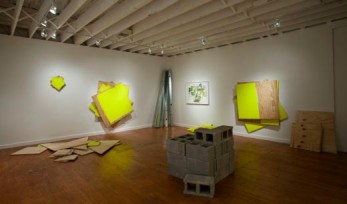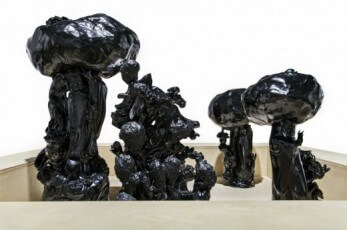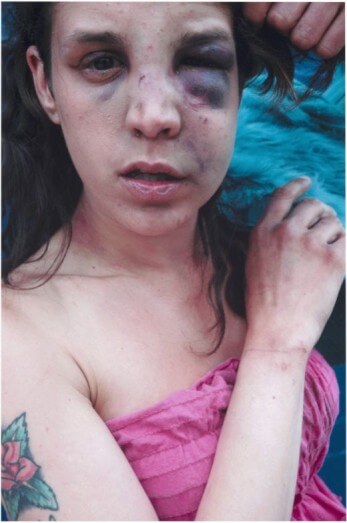This text could not start in any other way than by emphasizing how the following words are produced by my own subjectivity and built upon a single trip to Miami. Beyond the metaphorical aspect of the cities we visit being islands in an unknown sea, the map (pg. 37) gives the reader, who is likely to know Miami in a much better way than I do, an overview of the neighborhoods that I experienced when I was there.
Jenelle Porter is the Mannion Family Senior Curator at the Institute of Contemporary Art/Boston, where she is currently organizing Fiber: Sculpture 1960 – present (October 1, 2014 – January 4, 2015). She spoke at Locust Projects on April 23rd. Soon after, she sat down with The Miami Rail to discuss craft, curating, and Boston.
The work of Russell Maltz hovers in the fragile beats between two frequencies. One is the mark-making impulse of the human, while the other is the homogenous system of distribution of the inhuman. In his assemblages of generic building materials—concrete masonry units (cmu), metal studs, PVC pipes, and plywood—there are actions and operations rather than conceptual compositions. Thus the show title situates Maltz’s work as neither self-consciously elevated nor counterproductive.
The title of the group exhibition at David Castillo Gallery, Metabolic Bodies, implies that the strategy of using manipulated readymades is a corporeal action, a chemical change that transforms a substance (in this case found images or objects) into energy.
The tumble of first impressions went something like this: Street photographs. Striking colors. Not that large. In-your-face portraits—faces that looked as worn-out as old rugs, others full of confidence and a beauty rendered more intense by the way that what they were confident of was that the beauty wouldn’t last, so that the confidence too was touched by resignation.

